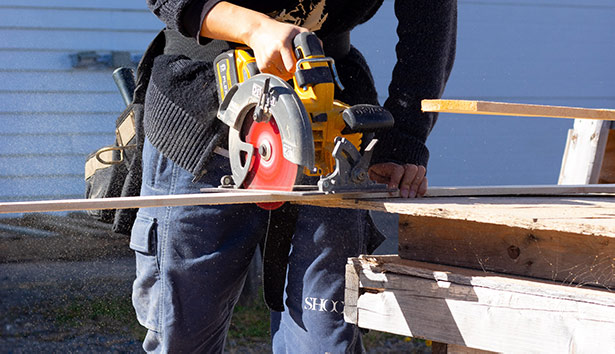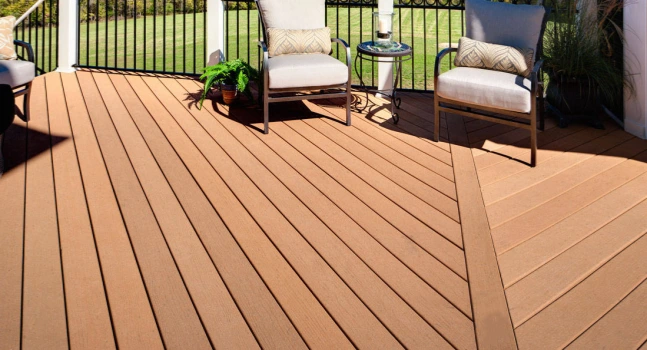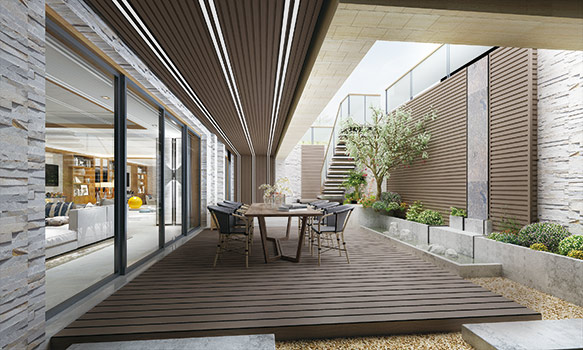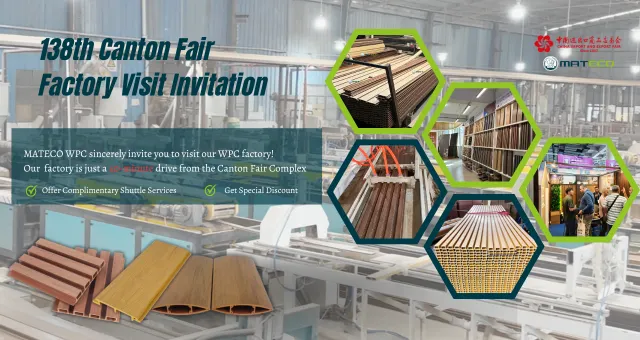How Do You Cut Composite Panels?
Composite panels are becoming increasingly popular due to their durability and versatility in construction and design. They offer a modern aesthetic and are used in a range of applications from cladding and roofing to interior design. But when it comes to cutting these panels to size, there are important considerations to ensure a clean cut and maintain the integrity of the panel. This guide will delve into which material panels are easier to cut, whether you can cut composite panels, the proper methods for cutting them, and how to maintain them after they've been cut.

Which Material Panels Are Easier to Cut?
In the world of construction materials, panels come in various compositions, including wood, plastic, gypsum, and composites. Out of these, wood and gypsum are typically easier to cut due to their less dense and more homogeneous nature. Wood panels can be easily sawed through with conventional tools, while gypsum panels are softer and can be scored and snapped. On the other hand, plastic panels require more care to prevent melting or cracking.
Can You Cut Composite Panels? Why?
Yes, you can cut composite panels. However, the complexity of doing so depends largely on the composition of the panel. Composite panels are made of multiple layers, often including metal, plastic, and a core material that can range from polyethylene to mineral fiber. These layers create a challenge due to the different properties of the materials involved. For example, cutting through a composite panel with a metal exterior requires tools that can handle both the soft inner core and the tough metal surface without damaging the panel.
If subdivided to cut WPC panels, cutting WPC panels is not only possible but also quite practicable when done correctly. WPC, which stands for Wood Plastic Composite, is engineered to fuse the machinability of wood with the durability of plastic. This synergy allows for WPC panels to be cut, shaped, and finished much like traditional wood, using similar tools and techniques.
The key reason why WPC can be cut is its unique composition. WPC is typically made from a mixture of wood fibers and thermoplastics. This combination creates a material that behaves like wood when being cut but also has the resilience and moisture resistance of plastic. The wood component allows for easy marking and sawing, while the plastic ensures the panel doesn't splinter or crack as easily as natural wood.
What are composite panels:
https://matecowpc.com/news/What-is-composite-wood-cladding.html
How Do You Cut Composite Panels?
Cutting composite panels requires specialized tools and techniques to ensure a precise and clean cut. Here's a step-by-step approach to cutting composite panels effectively:
1. Measure and Mark: Start by accurately measuring and marking the cut line on the panel with a straight edge and a marker that is visible on the panel's surface.
2. Choose the Right Tools: Depending on the thickness and composition of the composite panel, you may need a circular saw, jigsaw, or a fine-toothed hand saw. Blades designed for cutting metal or hard plastics are typically suitable for cutting composite panels.
3. Set Up a Stable Work Surface: Secure the panel on a stable work surface to prevent vibrations or movements that could lead to an uneven cut.
4. Cutting: When using a power saw, keep the speed high and the feed rate slow to prevent chipping or melting the panel. Always wear protective equipment, such as goggles and gloves.
5. Finishing the Edges: After cutting, the edges may be rough or sharp. Use a fine-grit sandpaper or a file to smooth out the edges.
How to Maintain Composite Panels?
After cutting composite panels, maintaining them is key to ensuring their longevity and appearance. Here are some tips for maintenance:
1. Cleaning: Keep the panels clean by wiping them down with a soft cloth and a mild detergent. Avoid abrasive cleaners that can scratch the surface.
2. Inspection: Regularly inspect the panels for any signs of damage, such as scratches or dents, and repair them promptly to prevent further deterioration.
3. Storage: If storing additional cut pieces, keep them in a cool, dry place away from direct sunlight to prevent warping or discoloration.
4. Protective Coatings: Consider applying a protective coating to the cut edges to prevent moisture ingress, which can cause delamination.
By following these guidelines, you can successfully cut and maintain composite panels, ensuring they continue to provide a sleek and modern look to your projects. Always remember that safety comes first, and proper handling and cutting techniques are essential when working with any construction materials.
If you are looking for a WPC manufacturer, MATECO WPC will be your best choice.
Website: https://www.matecowpc.com
WhatsApp: +86-13380085620
Email: info@matecowpc.com
















